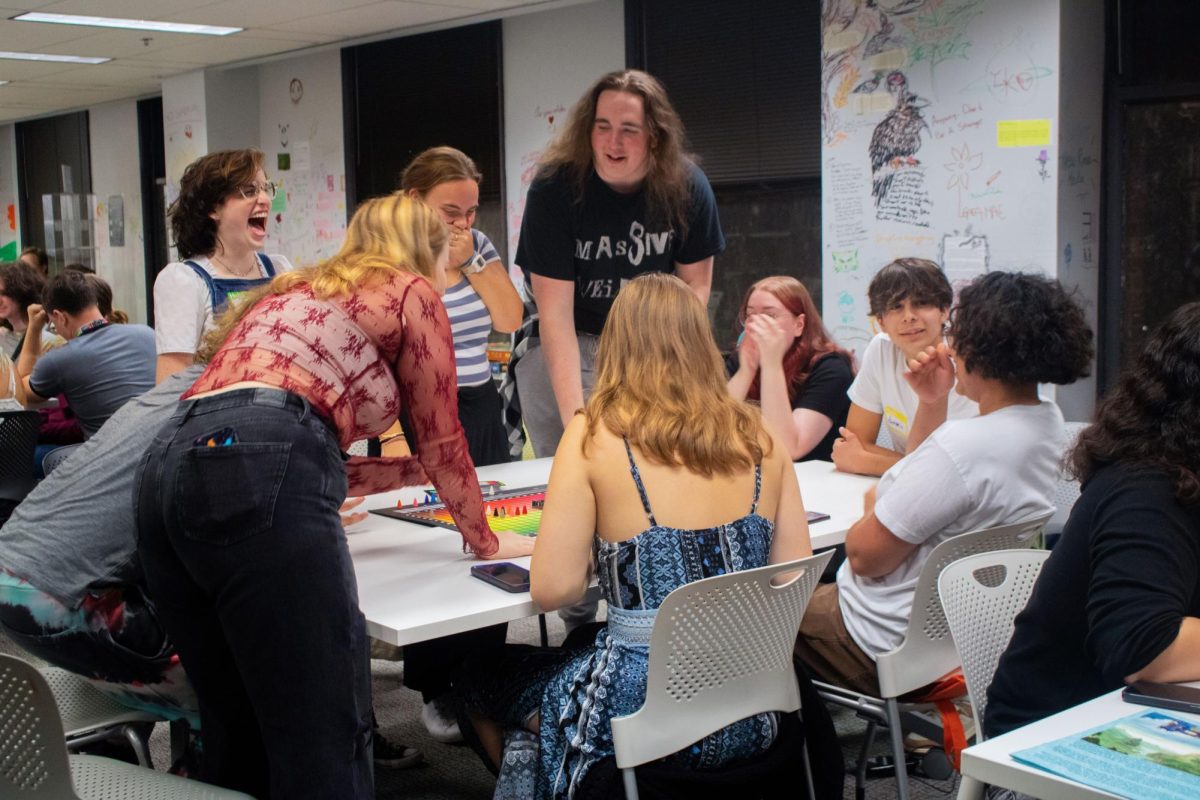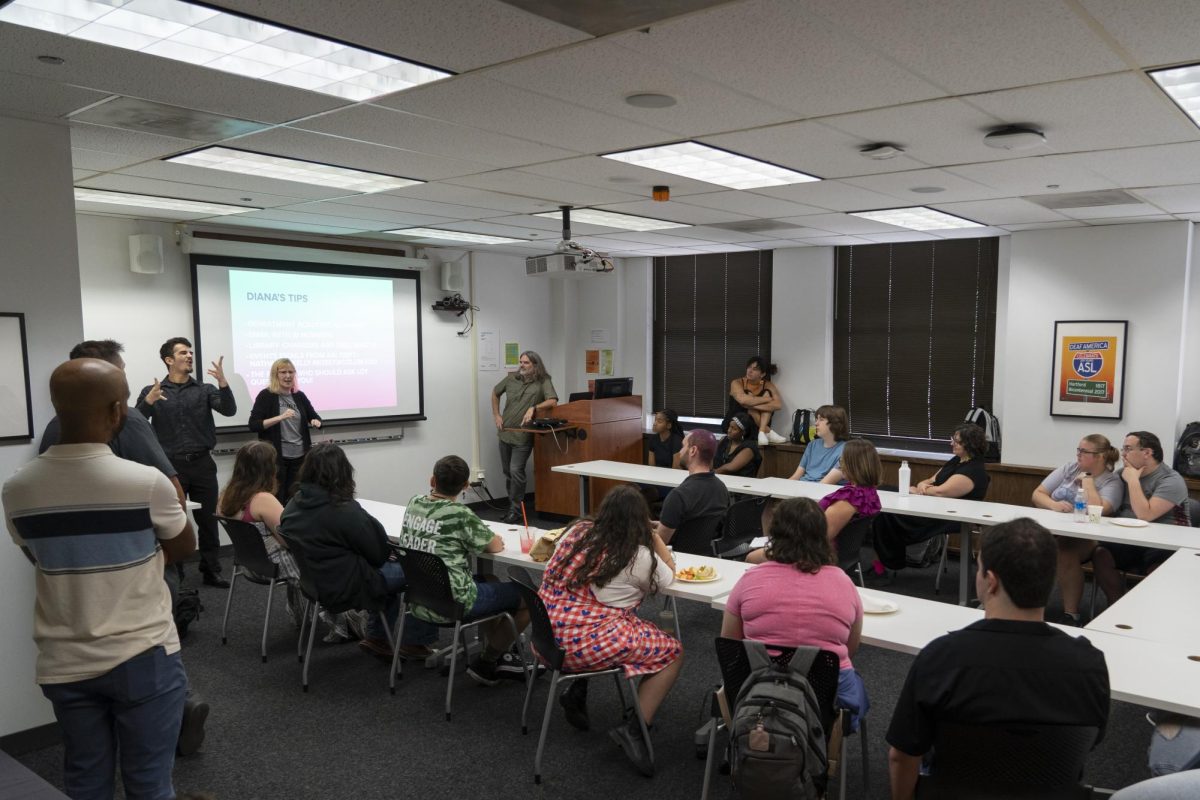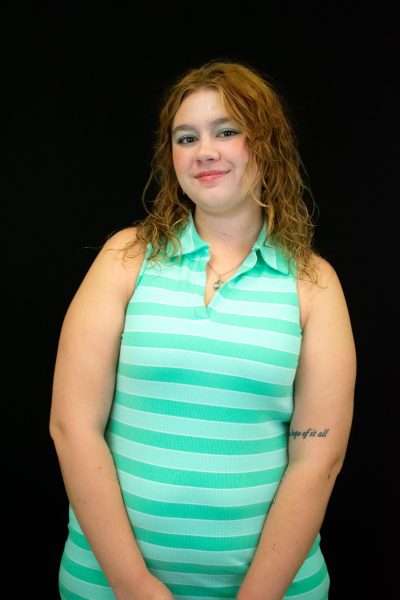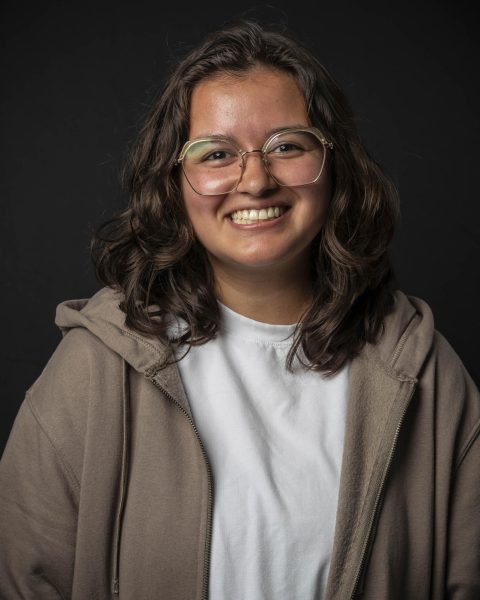The college would allow some students to take certain courses in their major to count for core requirements under a proposed restructuring plan.
The initial list of courses, shared on Columbia’s website, include “Experiential Anatomy” in the Dance Department, “Accounting” in Business and Entrepreneurship Department for the arts management major and “programming” for game design students.
Although the full list of courses was not provided, some examples are in the FAQ section of Columbia’s website, which also details the new revised core.
Some faculty told the Chronicle they had not seen the information until a reporter pointed it out.
President and CEO Kwang-Wu Kim proposed in his draft advisory report that the college reduce the 42-credit core to 30 credits. The core is Columbia’s version of general education requirements.
The total number of credit hours required for graduation would remain at 120, but by reducing the core, the college intends to give students more opportunities to take courses within their majors.
The change will apply to incoming first-year students in Fall 2024, although any student would be able to switch to the new requirements. For some students who have already completed 30 credit hours, that may mean they do not have to take any additional core courses.
The new core requirement distribution outlined on the college’s website would be:
- Aesthetics and Creative Expression (one course, three credits)
- Quantitative Reasoning (one course, three credits)
- Communication (one writing course and one additional course, six credits)
- Historical and Cultural Understanding (a CCCX course plus one additional course, six credits)
- Scientific Discovery (one course, three credits)
- Additional core designated classes (three courses, nine credits)
“We have some freedom to define what those categories mean and which courses fulfill each requirement,” said Nathan Bakkum, senior associate provost.
Bakkum said the Higher Learning Commission, or HLC, an institutional accrediting agency, allows colleges and universities to have a vast range when defining general education programs that “imparts common knowledge and intellectual concepts to students and develops skills and attitudes that the institution believes every college-educated person should possess.”
However, Bakkum said that HLC does not define exactly what those attributes and skills are. Rather, it gives each institution the opportunity to create their own general education that is in-line with the institute’s mission.
“Our college has historically built our core curriculum around traditional liberal arts categories,” Bakkum said in an email.
For each course offered at Columbia, the faculty member teaching that course must meet certain qualifications.. This is based on a review of the degrees they have and their professional experience.
Currently, it is not clear if the current instructors would be allowed to continue teaching courses that fulfill general education requirements.
“Historically, our science and mathematics courses have only been taught by faculty with advanced degrees in science and mathematics,” Bakkum said. “If we define our Scientific Exploration requirement differently, other faculty may be qualified to teach those courses. Regardless, all faculty teaching core courses will hold graduate degrees in the discipline in which they are qualified to teach.”
HLC requires that faculty teaching general education courses hold a master’s degree in the discipline or a subfield they are teaching, which the college must abide by. According to Bakkum, all possible categories, qualifications and criteria are subject to change in the coming months.
New categories have to be defined and the Core Curriculum Committee will need to assess each course to determine if it meets Columbia’s institutional definitions, Bakkum said.
“Within that process, ‘Experiential Anatomy’ might currently meet some of the standards associated with our Scientific Exploration category, but the course would need to be revised to ensure that it meets expectations and learning outcomes of a general education requirement,” Bakkum said.
Elizabeth Berg, chair of the Science and Mathematics Department, wants to “ensure that all faculty teaching have the HLC requirements to teach whatever they teach, both within the core classes and the majors.”
Science and math faculty currently have at least 18 graduate hours in the field in which they teach, typically in the form of a master’s or a doctorate in biology, chemistry, physics, geology and mathematics,” she said.
Many of the fields and courses are interdisciplinary, meaning that some classes, like “Nutrition”, can be taught by faculty from biology or chemistry backgrounds, Berg said.
At least one student currently in the “Accounting” course isn’t sure it makes sense as a math credit. Destiny Young is a sophomore transfer student and arts management major.
“I don’t really think it’s a math credit just because we’re not really learning how to do anything math related,” Young said. “It’s more of an organizational class because with math, you build on it and use different factors of it, accounting doesn’t do that.”
Ryan Smith, associate professor of instruction who teaches “Accounting” and “Finance” in the Business and Entrepreneurship Department, declined to talk to a reporter who came to the accounting class on March 21. Smith, who has a master in media management from Columbia College, referred the reporter to email but did not respond.
The “Experiential Anatomy” course is designed specifically for dancers, according to Emily Stein, a part-time instructor who teaches the class.
“Its intention is to give them a grounding in anatomy specifically directed toward dancing,” said Stein, who has a master of fine arts in choreography and performance from Smith College. “In its current incarnation, it is dance-focused. I think it would absolutely be possible to create an anatomy course that could also function as a core course, but that is not how it’s designed right now.”
Copy edited by Patience Hurston
















